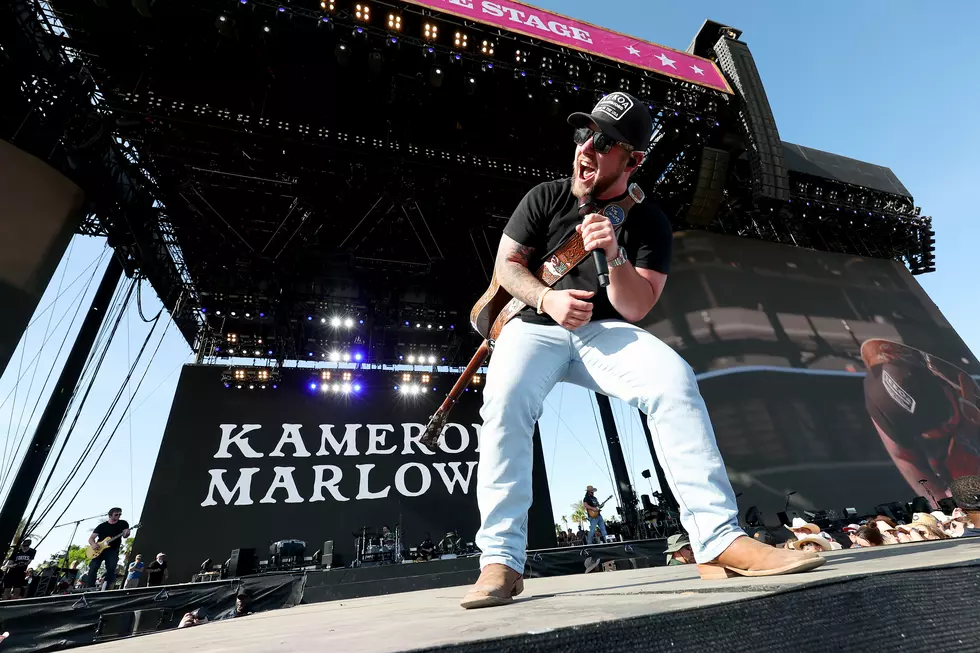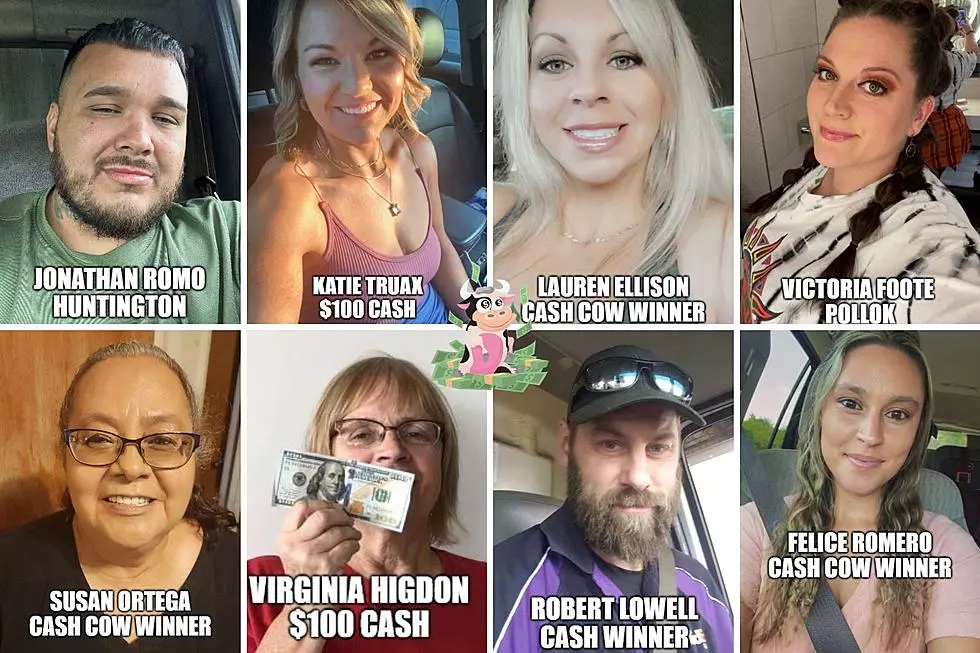
How ’90s Country Women Paved the Way for Modern Artists’ Creative Boom
The 1990s were a halcyon time for the music industry, particularly where CD sales are concerned; according to the RIAA, stores sold a whopping 939 million compact discs in 1999 alone. Country music experienced a similar surge during the decade, with multi-platinum albums being the norm rather than the exception and two artists — Shania Twain and Garth Brooks — achieving RIAA-certified diamond status (i.e., 10 million units shipped) for two separate albums each.
Still, country music during the '90s didn't always convey such balance. In Billboard's decade-end '90s overview, only five women — Twain, Reba McEntire, Trisha Yearwood, Patty Loveless and Lorrie Morgan — ranked in the overall Top 20 country artists list, which measured the number of charted singles and albums.
This imbalance can be explained partly by the fact that the first half of the decade was much more male-dominated, charts-wise, than the second half. In a nod to this trend, the individual 1999 year-end list packaged in the same issue of Billboard was slightly more equitable: Fourteen of the year's Top 50 artists, as defined by charted singles or albums, were female solo artists or groups with women.
In the 1990s, the absence of the myths that have kept women off of country radio in recent years led to an environment in which dozens of women flourished.
If this conversation about gender imbalance sounds familiar, there's a good reason for that: In recent years, the country music world has been dominated by sharp criticism about the lack of women receiving radio airplay. Between the rise of bro-country and then "tomatogate" — when a radio consultant dismissed women as "tomatoes" in the country radio "salad" — the heated discourse hasn't abated, as airplay parity is still not even close to happening. The Mediabase roundup of the Top 30 country songs for the week of Aug. 8-14, 2018, features just five female solo artists or groups with women in them — a paltry 16 percent share.
Besides the fact that there's no reason women shouldn't have more of a voice on country radio, the conversation persists because, not that long ago, in the '90s, women had much more of a presence on country radio. Although methodology was slightly different then, a look at the radio-driven Hot Country Singles & Tracks chart for the week ending Aug. 15, 1998, finds the first five slots occupied by women — either solo, with a group or as part of a duo. Overall, 13 of the Top 30 slots featured women. For the entire calendar year 1998, a woman occupied all or part of the No. 1 country airplay slot for 24 out of 52 weeks.
“I don't think anybody has a clear answer as to what’s happened," Leslie Fram, senior vice president of music strategy at CMT, told Billboard earlier this summer. "I think we’re all perplexed by that." However, she does add that "some of the myths that exist today -- ‘Women don’t wanna hear women,’ ‘You can’t play two females back to back,’ ‘If you play women your ratings will go down’ -- none of that existed [in the '90s]."
Top 10 Country Artists of the 1990s
The absence of these myths led to an environment in which dozens of women flourished. Looking back at the Aug. 15, 1998, list in particular, what's most impressive is the diversity of ages, perspectives and styles within the charting acts.
LeAnn Rimes, Faith Hill and Shania Twain represented the crossover pop-country superstar contingent; Martina McBride, the Dixie Chicks and Trisha Yearwood were testaments to the power of perseverance; Pam Tillis, Reba McEntire, Linda Davis and Patty Loveless were established performers who found new audiences; and Lee Ann Womack, Terri Clark, Jo Dee Messina, the Wilkinsons and Lari White were upstarts adding their singular voices to the culture. There artists showed that there was no one way to be a successful country woman, or even a successful woman in general; in fact, there were all sorts of examples of how to be a woman existing in the world.
"Every time you turned on the radio, these women owned," Carly Pearce says in a recent Billboard piece. "They were so different, yet represented women who embraced and wrote about what they were going through ... Those women were so good at talking straight to that woman. I think you’re starting to see women do that again now."
Fans saw women dreaming up their own narratives and directing the conversation themselves, and it paved the way for women to dominate the creative conversation today.
Pearce is onto something: Despite the lack of radio airplay, there's certainly no shortage of amazing women making music these days across folk, country and Americana. In fact, Billboard asked 13 of these women to talk about the personal impact of '90s country female superstars — and it's clear that representation mattered when it came to inspiring the next generation of musicians. Interviewees repeatedly mentioned the influence of singles by McBride, Twain and the Dixie Chicks, and related how the latter group especially resonated with many acts who are now leading the charge.
"Our band happened organically, but after watching the Dixie Chicks growing up, I definitely thought, 'Wow, that would be so cool to be a part of a female group,'" Runaway June's Jennifer Wayne tells Billboard. "I think if it wasn't for them, I probably would never be in the trio. They definitely had a big impact on what I wanted to do, and my dream."
Adds Delta Rae's Brittany Holljes, "I felt like they were so friendly to young women in terms of creating an image and an idol to look up to who had the best kind of female power. Just listening to those women join together, and seeing how badass they were playing instruments, dancing — I feel like they were ahead of their time, in a way."
That sort of appeal also happens to describe one of the '00s breakout stars, Taylor Swift (who, for the record, says that Twain inspired her to turn toward country music). But for young women growing up in the '90s, the abundance of artists out there writing their own songs and playing their instruments was seismic, as it showed a path into country music that wasn't just through interpretation, but creation.
Fans saw women dreaming up their own narratives, and directing the conversation themselves. That's no small thing, as it paved the way for what we're seeing now, with women dominating the creative conversation — preserving the all-around empowerment vibe of the '90s and making it their own.
"I grew up in a time that women on the radio were fearless and proud to be themselves," Lauren Alaina tells Billboard. "I think growing up in that time really shaped the artist I am and the way I write songs. My goal as an artist is to be a voice for women to celebrate who they are. Artists like Shania Twain, the Dixie Chicks, Faith Hill, and so many more were perfect examples of how to do that."
Modern Country Music's Female Trailblazers
More From Kicks 105










